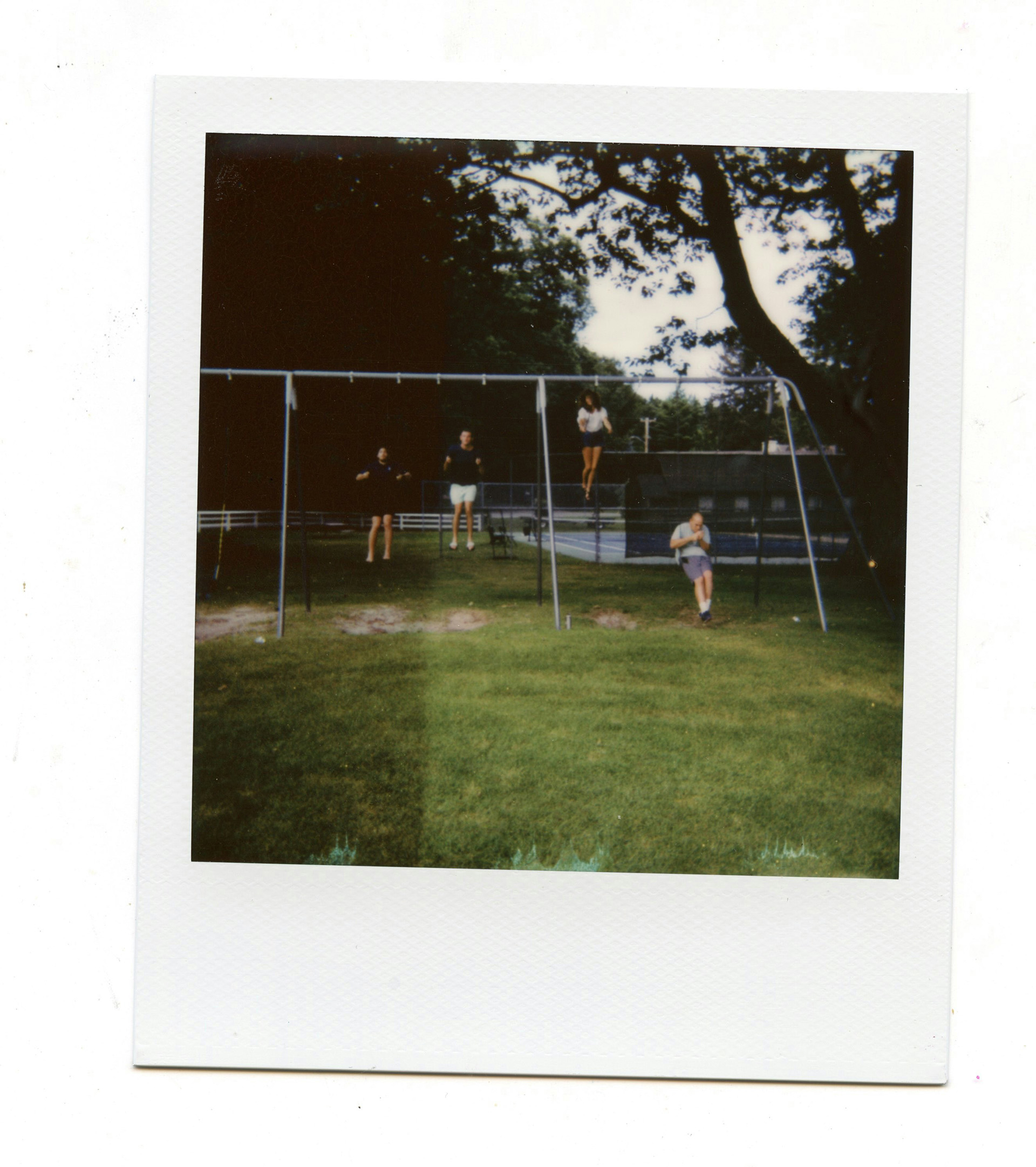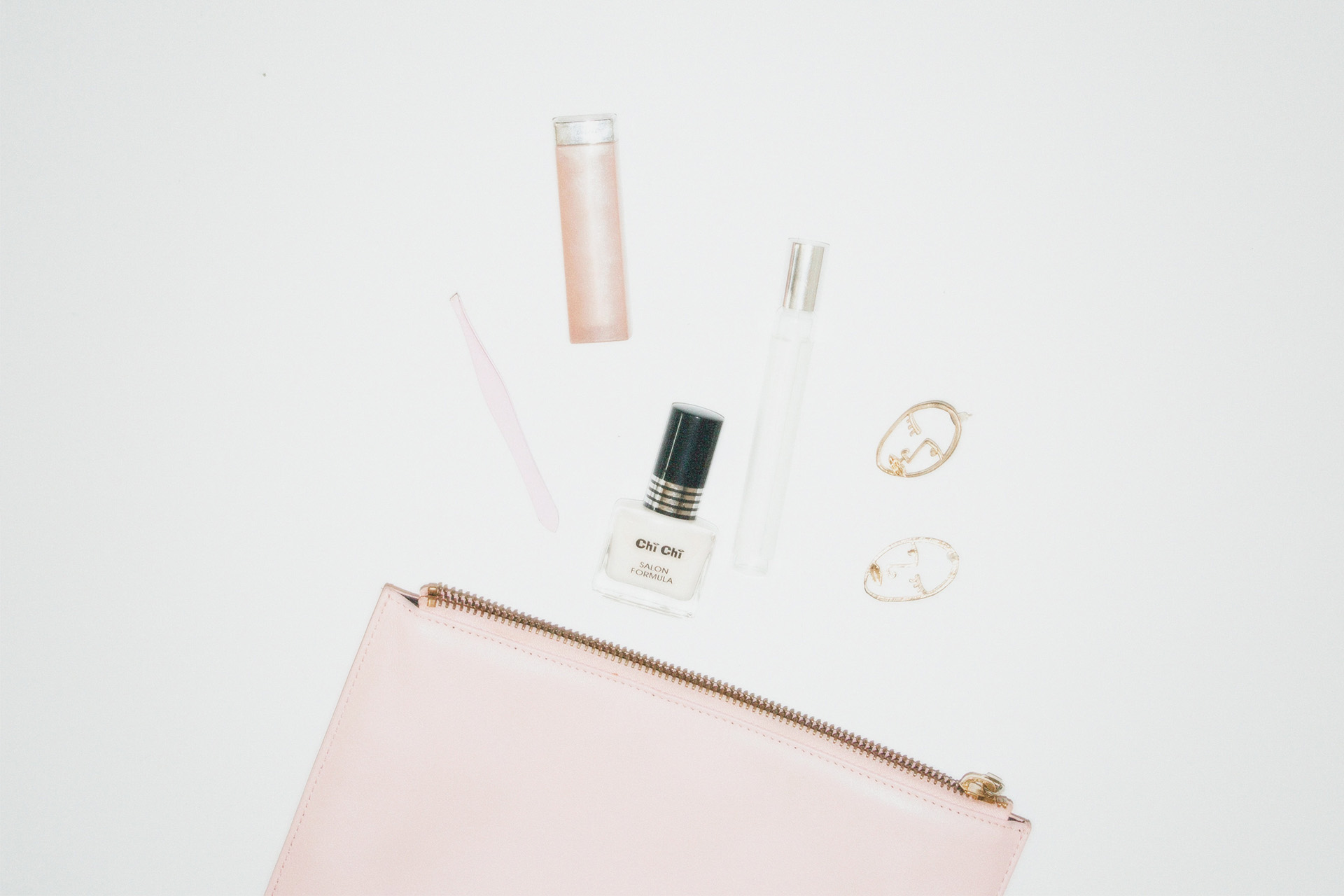Acne scars can be a persistent reminder of past breakouts, affecting not only the skin’s appearance but also one’s confidence. Fortunately, modern skincare and medical aesthetics offer a range of effective treatments to reduce and even eliminate these scars. In this article, we’ll explore the best cosmetic treatments for acne scars, detailing how each method works, its benefits, and what you can expect during the treatment process.
Understanding Acne Scars
Before diving into treatments, it’s important to understand what acne scars are and why they form. Acne scars result from the skin’s healing process after severe acne. When the skin’s pores become inflamed with excess oil, dead skin cells, and bacteria, it can lead to deep lesions. As these lesions heal, the body produces collagen. If too little or too much collagen is produced, it can result in acne scars.
Types of Acne Scars
- Atrophic Scars: These are the most common type of acne scars and include ice pick, boxcar, and rolling scars. They are characterized by indentations or depressions in the skin.
- Hypertrophic Scars: These are raised scars that form above the surface of the skin. They occur when the body produces too much collagen during the healing process.
- Keloid Scars: Similar to hypertrophic scars but more severe, keloid scars are thick, raised, and can extend beyond the original site of the acne lesion.
Top Cosmetic Treatments for Acne Scars
1. Laser Resurfacing
Laser resurfacing is a popular and effective method for treating acne scars. It works by removing the outer layer of the skin and stimulating collagen production.
How it works: The laser creates microscopic wounds in the skin, which prompts the body to produce new skin cells and collagen. This helps to smooth out the surface of the skin and reduce the appearance of scars.
Benefits:
- Reduces the appearance of atrophic scars.
- Improves skin texture and tone.
- Stimulates collagen production.
What to expect: The procedure can be performed with either ablative or non-ablative lasers. Ablative lasers remove the top layer of skin, while non-ablative lasers work deeper in the skin without removing the top layer. Recovery time can vary from a few days to several weeks, depending on the type of laser used.
2. Microneedling
Microneedling, also known as collagen induction therapy, involves using fine needles to create tiny punctures in the skin.
How it works: The micro-injuries stimulate the body’s natural healing process, encouraging collagen and elastin production. This helps to fill in and smooth out acne scars over time.
Benefits:
- Effective for all skin types.
- Minimal downtime.
- Can be combined with other treatments, such as platelet-rich plasma (PRP).
What to expect: The procedure is minimally invasive and usually requires multiple sessions for optimal results. Some redness and minor swelling can be expected for a few days post-treatment.
3. Chemical Peels
Chemical peels use a solution to exfoliate the outer layers of skin, revealing smoother, less scarred skin underneath.
How it works: The chemical solution causes the top layer of skin to peel off, which stimulates new skin growth and collagen production.
Benefits:
- Can improve the appearance of superficial acne scars.
- Enhances skin texture and tone.
- Can be customized based on skin type and severity of scars.
What to expect: There are different types of chemical peels (light, medium, and deep) with varying levels of intensity and recovery time. Light peels have minimal downtime, while medium and deep peels can require several days to weeks of recovery.
4. Dermal Fillers
Dermal fillers are injectable treatments that can help to raise depressed scars to the level of the surrounding skin.
How it works: Fillers, often made from hyaluronic acid or collagen, are injected beneath the scar to lift it and create a smoother surface.
Benefits:
- Provides immediate results.
- Minimally invasive with little to no downtime.
- Can be combined with other treatments.
What to expect: The results from dermal fillers are temporary, typically lasting between six months to a year. Follow-up treatments are necessary to maintain the results.
5. Subcision
Subcision is a minor surgical procedure used to treat deep, rolling acne scars.
How it works: A needle is inserted into the skin to break up the fibrous bands pulling the scar down. This allows the skin to rise and smooth out.
Benefits:
- Effective for treating deep, rolling scars.
- Can be combined with other treatments, such as fillers or lasers.
What to expect: The procedure can cause some bruising and swelling, which typically resolves within a week. Multiple sessions may be required for optimal results.
6. Radiofrequency (RF) Microneedling
RF microneedling combines traditional microneedling with radiofrequency energy to enhance collagen production.
How it works: The needles deliver radiofrequency energy deep into the skin, which heats the tissue and stimulates collagen and elastin production.
Benefits:
- Effective for treating various types of acne scars.
- Minimal downtime.
- Improves skin texture and firmness.
What to expect: The procedure involves minimal discomfort and has a short recovery period. Multiple sessions are usually needed for the best results.
7. Platelet-Rich Plasma (PRP) Therapy
PRP therapy uses the patient’s own blood to promote healing and tissue regeneration.
How it works: Blood is drawn from the patient, processed to concentrate the platelets, and then injected into the scarred areas. The growth factors in the platelets stimulate collagen production and skin rejuvenation.
Benefits:
- Natural treatment using the patient’s own blood.
- Can enhance the results of other treatments, such as microneedling or laser therapy.
What to expect: The procedure involves minimal discomfort and has little to no downtime. Multiple treatments are typically required for optimal results.
Combining Treatments for Best Results
Often, a combination of treatments is the most effective way to address acne scars. For example, microneedling can be combined with PRP therapy to enhance collagen production, or laser resurfacing can be followed by dermal fillers to smooth out remaining scars. A customized treatment plan tailored to your specific skin type and the severity of your scars will yield the best results.
Post-Treatment Care
Proper aftercare is crucial for achieving the best results and minimizing any potential side effects. Here are some general post-treatment care tips:
- Avoid sun exposure: Protect your skin from the sun to prevent hyperpigmentation and further damage. Use a broad-spectrum sunscreen with SPF 30 or higher.
- Keep your skin hydrated: Use a gentle, hydrating moisturizer to keep your skin nourished and promote healing.
- Follow your provider’s instructions: Your skincare provider will give you specific aftercare instructions based on the treatment you received. Follow these instructions carefully to ensure optimal results.
- Avoid harsh skincare products: Refrain from using products with strong acids, retinoids, or other irritants until your skin has fully healed.
When to See a Professional
If over-the-counter treatments and home remedies aren’t providing the results you desire, it may be time to consult a professional. A dermatologist or medical aesthetician can evaluate your skin and recommend the most appropriate treatments for your acne scars. Professional treatments can offer more significant and longer-lasting results compared to at-home options.
Conclusion
Acne scars can be a challenging skin concern, but with the advancements in cosmetic treatments, there are now many effective options available. From laser resurfacing and microneedling to chemical peels and dermal fillers, these treatments can significantly improve the appearance of acne scars and boost your confidence. It’s important to consult with a qualified skincare professional to determine the best treatment plan for your specific needs. With the right approach and proper aftercare, you can achieve smoother, clearer skin and leave those acne scars behind.



